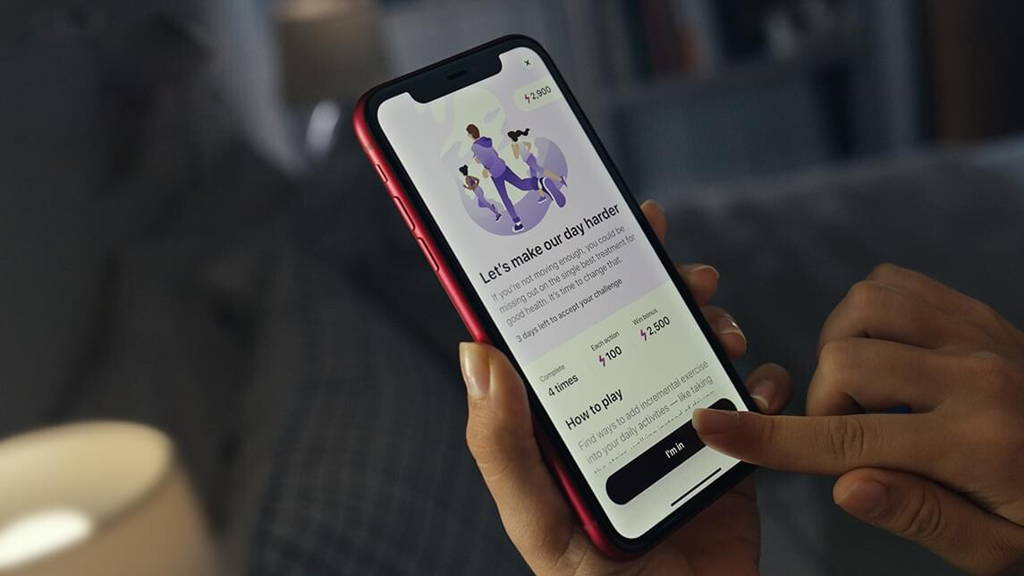Singapore is believed to have one of the most effective health care systems in the world, even though its expenditure on health does not exceed 5% of GDP. Average life expectancy at birth is a record-breaking 84.8 years. Society is aging quickly, and according to forecasts by 2030 one in four Singaporeans will be over 65 years old. It is a rich country, in which the gross domestic product per capita is higher than in the USA.
The 5.6 million residents of Singapore will now have a chance to participate in a pioneering health prevention program, LumiHealth. It is being introduced by the government and Apple as part of the Smart Nation initiative. The big tech company has exactly what health care needs, namely technology in the form of smartphones and smartwatches which can be used to get people into health programs. “This partnership between Singapore and Apple will enable Singaporeans to lead healthier lives but, equally important, it will contribute valuable insights to improving the health of people all over the world,” said Heng Swee Keat, Singapore’s Deputy Prime Minister. Jeff Williams, Apple’s chief operating officer, sees this partnership as an opportunity for a “holistic approach to well-being”. It is not the first partnership between private and public entities, but it is pioneering in terms of its scale and approach, which involves the use of Apple Watches. This solution is not cheap (prices start at about 200 euros), but in a country like Singapore, with prosperity based on a culture of innovation, the authors of the project are not accused of exacerbating the health inequalities. In less wealthy countries, this step would be risky.
To motivate and encourage
What kind of things cannot be done with the traditional tools used by health ministries or public health organizations, but which become possible through technology? The answer is the personalization of preventive healthcare, play-based involvement and direct tracking of results. Moreover, the program is fully digital and designed as a free mobile application.
So how does it work? Users travel to different worlds with a friendly intergalactic explorer, who guides them through challenges adapted to their age, sex and weight. They include weekly physical activity goals, which can be achieved by walking, swimming, practicing yoga or some other type of exercise preferred by the user. LumiHealth reminds users about routine checkups and vaccinations. It encourages them to develop healthy eating and sleeping habits. When the challenges are completed, they help the intergalactic explorers to return home. By playing the game, the users can also win prizes worth up to 380 US dollars during the 2-year program.
For the program to be successful, it is necessary to win social trust, so the application processes only the data required to personalize the challenges. Participation is voluntary, and the incentive is the play-based concept and financial benefits.
Will preventive health care gain importance?
The opportunities offered by today’s digital technologies can be used by contemporary medicine and healthcare in different ways. For example, the above Apple Watch can measure many parameters other than physical activity, and thus become a tool for managing the health of people from different risk groups. The continuous monitoring of heart rhythm along with electrocardiography can help detect atrial fibrillation and arrhythmia, which are a cause of strokes. It can also be used to design and implement programs aimed at improving the quality of sleep. The latest version of Apple Watch, Series 6, measures blood oxygen saturation levels, which makes it possible to diagnose sleep apnoea.
As smart devices gain more sensors and effectively become pocket laboratories, they will also include more applications in the field of health and well-being. However, their effectiveness will not depend solely on the capabilities of technology but also on appropriate incentives, for example those related to health insurance contributions, precisely targeting different groups of patients, e.g. youths, seniors, the chronically ill, etc.
The well-being of technology users
Nevertheless, before such programs are introduced by government institutions, using public money, we need to be sure that everyone from the target group can use them. This means that wearable technology may have to be adapted on a large scale or an alternative offered. After all, health cannot become a luxury, it must be available to everyone who wants to become more involved in the care of it. It should be expected that technological companies increase the number of medical applications for their innovations, trying to reach new target groups and boost sales. It is a matter of time before Apple announces that a new version of Apple Watch can, for example, measure blood sugar levels without pricking one’s finger. Over 420 million patients around the world are waiting for such an innovation. Of course, no public health care system can cover the cost of buying such devices for all patients, which will lead to the emergence of a two-speed health care system.
When public health institutions make use of mobile applications or other new technologies in their health programs, they can improve health results of the participants, but what they need to keep in mind is the level of adaptation to digital innovations. Partnerships between public health institutions or health ministries and innovative companies should be more frequent, whenever patients could benefit from them and when the interdisciplinary cooperation of science, politics and business can improve health results. After all, those times when health was the exclusive domain of health ministries are long gone.








